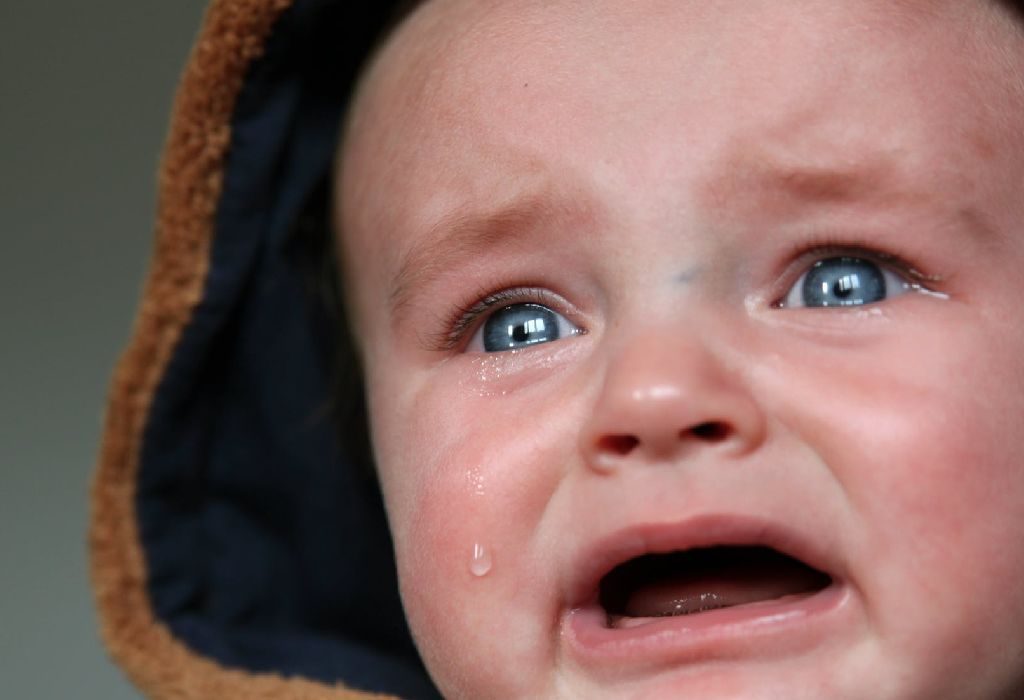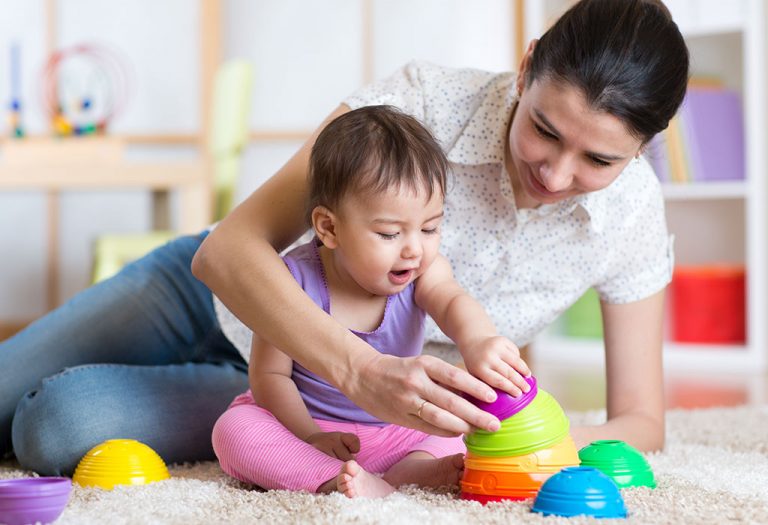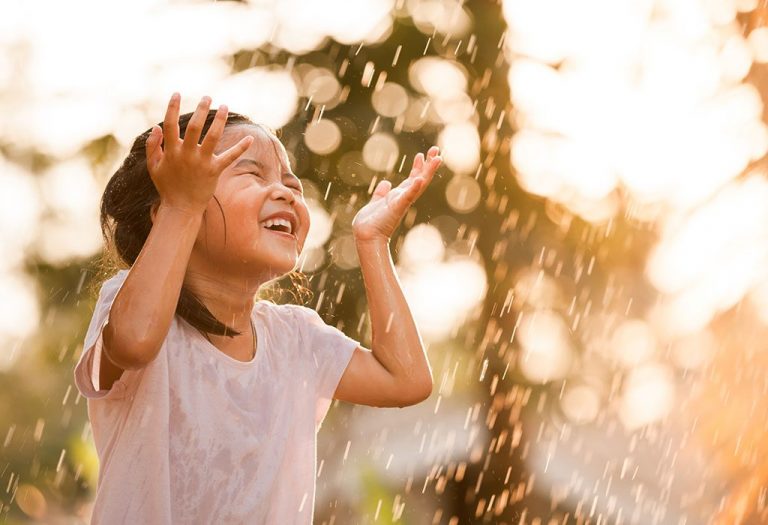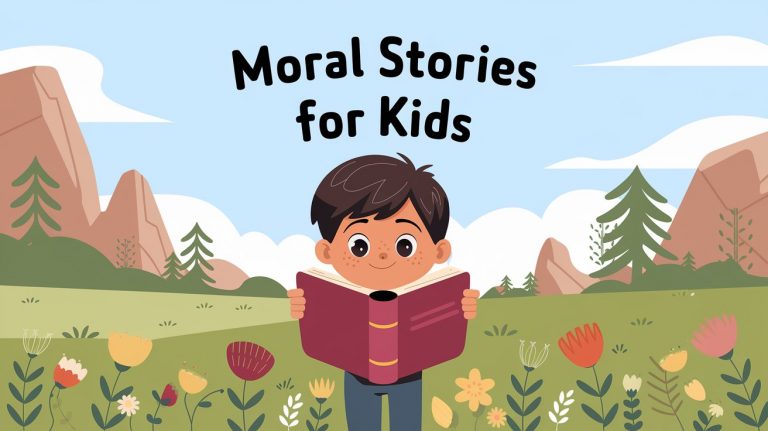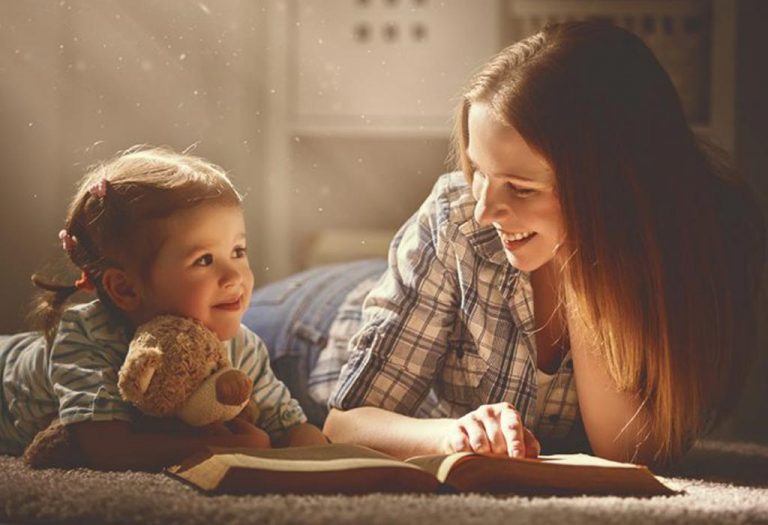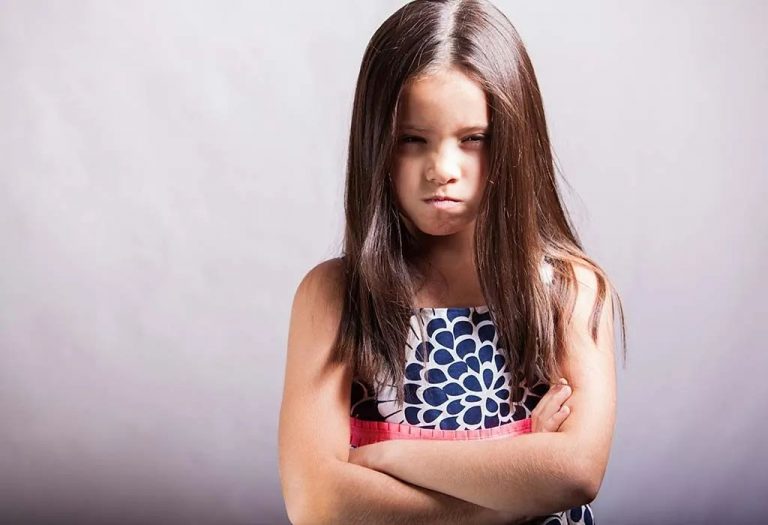Overstimulation in Toddlers: The What, Why and How
Does your toddler feel unsettled and cranky when strangers try to carry him? Does your toddler feel cranky at social events? Is your child feeling exhausted after a long day, full of learning and play? Then chances are that your child is reacting to overstimulation.
Effects of Overstimulation
Broadly, there are two types of effects of overstimulation on children; one is physical, and the other is behavioural. These effects manifest in the following ways:
Physical Effects of Overstimulation
1. Color
The skin of a child may seem pale or bright red.
2. Breathing
You will observe changes in breathing from slow and regular to quick and choppy.
3. Movement
Movement changes from smooth movements to jerks and tremors.
Behavioral Effects of Overstimulation
1. Spacing Out
A child begins suddenly looking away from the parents and caregivers and staring into space.
2. Switching Off
Turning away repeatedly when there is an attempt to engage him or her.
3. Shutting Down
In case of persistent overstimulation, kids might suddenly move from the state of alertness to the state of drowsiness.
Overstimulation Cues
Tired and Cranky
Over-stimulated children tend to be cranky or tired. They are prone to crying much more than usual.
Rejection
When they are feeling upset or overwhelmed they might turn their heads away from you.
Jerky Movement
Baby’s movements might become jerky.
Aggressive Body Language
Clenched fists, waving arms or kicking are the common sign of this.
Behavioural Problems
You may experience behavioural problems like temper tantrums, going into a shell, refusing to cooperate, refusing to engage even in activities that they otherwise find pleasurable.
How to Deal with Overstimulation
Providing a calm environment to an over-stimulated child is the best way. Take him or her to a quiet place to help the calming process. Wrapping the newborns helps as it reduces physical sensations. Carrying the baby also proves to be useful. In case of toddlers, it is wise to listen to your child in order to understand what he or she is feeling. This will help you come up with better solutions to deal with the problem.
Even if your child does not speak out, you can look out for subtle body and behavioural signs of overstimulation. You can increase support by swaddling the baby, gently swaying, or encouraging her to suck something like a pacifier, your breast or finger. Alternatively, you can decrease stimulation by speaking more quietly and holding the baby still for a few minutes. These techniques should help your child calm down.
When you try these interventions, you will immediately notice that your child’s skin color returns to normal, jerky movements stop and breathing becomes more regular. All children experience overstimulation at some point of time. The key to dealing with the problem is to be watchful and work towards calming your child.
Was This Article Helpful?
Parenting is a huge responsibility, for you as a caregiver, but also for us as a parenting content platform. We understand that and take our responsibility of creating credible content seriously. FirstCry Parenting articles are written and published only after extensive research using factually sound references to deliver quality content that is accurate, validated by experts, and completely reliable. To understand how we go about creating content that is credible, read our editorial policy here.






